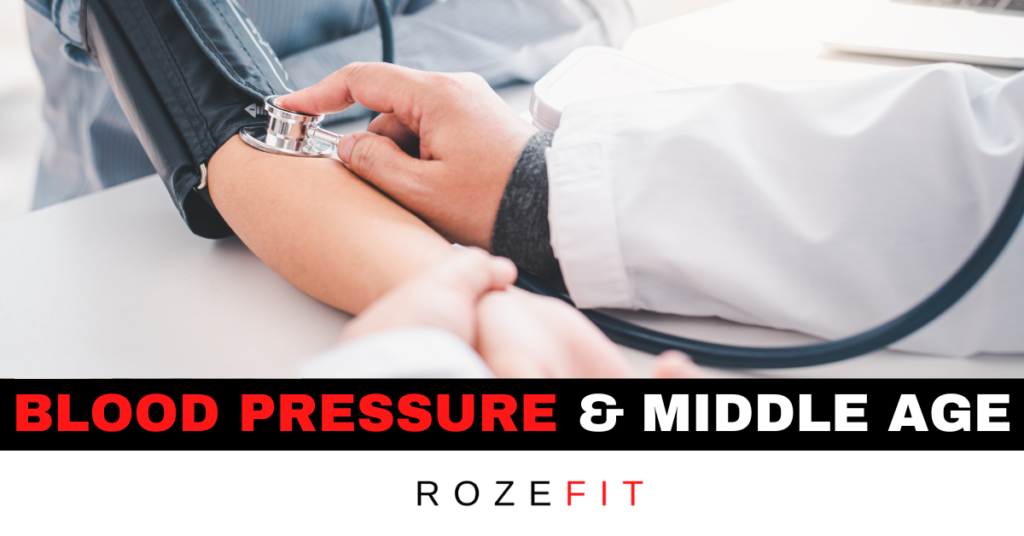We all have heard that the ideal blood pressure is 120/80.
At this point, it falls on deaf ears.
Listen up though!
Your doctor and personal trainer (me) care so much about your blood pressure being at goal (120/80) because the data is unambiguously clear.
120/80 is the ideal blood pressure because it is associated with the greatest reduced risk of cardiovascular events and all-cause mortality – full stop.
So if you think your mildly elevated blood pressure is nothing to be concerned about, think again.
This article will review the poignant evidence for why you should target 120/80 as your blood pressure goal during your middle age years.
And if you are not middle-aged and are reading this.
Guess what?
120/80 applies to you as well.
Why Is 120/80 the Ideal Blood Pressure?
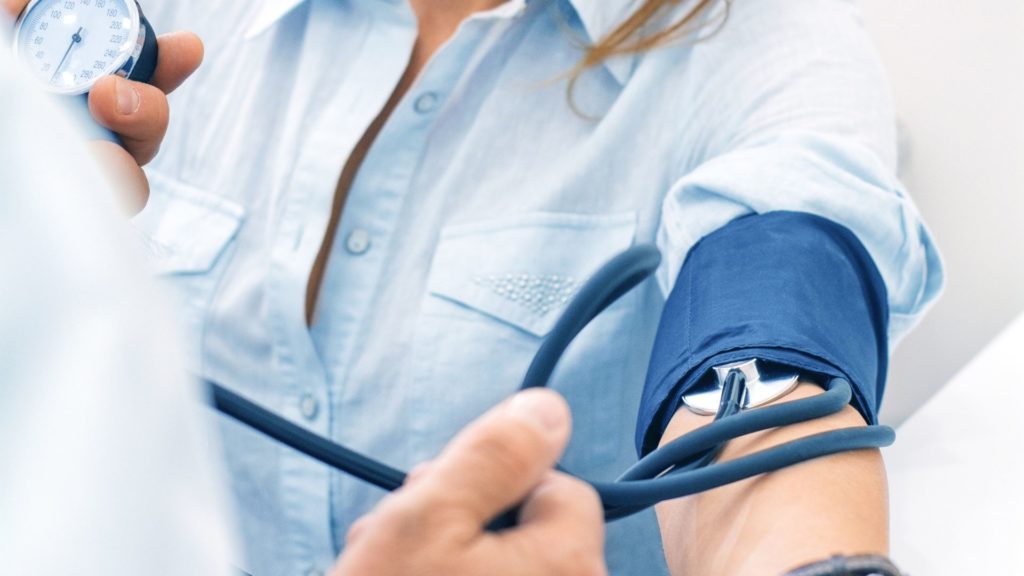
A 120/80 blood pressure goal comes from the groundbreaking SPRINT trial (Systolic Blood Pressure Intervention Trial).
SPRINT showed that among adults with hypertension but without diabetes, lowering systolic blood pressure to a target goal of less than 120 mm Hg, as compared with the standard goal of less than 140 mm Hg, resulted in significantly lower rates of fatal and nonfatal cardiovascular events and death from any cause.
SPRINT added substantial evidence to the benefit of lowering systolic blood pressure.
Especially in older patients with high blood pressure!
Before SPRINT, there were a few trials showing the benefits of lowering systolic blood pressure below 150 mm Hg.
1.) Systolic Hypertension in the Elderly Program trial.
2.) The Systolic Hypertension in Europe trial.
3.) The Hypertension in the Very Elderly Trial.
However, trials evaluating systolic blood-pressure levels lower than those studied in these trials have several flaws.
1.) They have been either underpowered.
2.) They have were performed without specific systolic blood-pressure targets.
But, with the SPRINT trial: there is now evidence for the benefits of an even lower systolic blood-pressure.
Hence 120/80.
SPRINT Trial Design: Inclusion Criteria
The trial hypothesized that a systolic blood pressure of 120 or less would result in fewer clinical events compared to a systolic blood pressure of 140 or less.
There were a couple of criteria that participants were required to meet.
1.) At least 50 years old.
2.) A systolic blood pressure of 130 to 180 mm HG, and an increased risk of cardiovascular events.
The increased cardiovascular risk part was defined by one or more of the following:
1.) Clinical or subclinical cardiovascular disease other than stroke.
2.) Chronic kidney disease, excluding polycystic kidney disease, with an estimated glomerular filtration rate (eGFR) of 20 to less than 60 ml per minute per 1.73 m2 of body-surface area.
3.) A 10-year risk of cardiovascular disease of 15% or greater on the basis of the Framingham risk score.
4.) An age of 75 years or older.
SPRINT Trial Methods
Once the participants underwent screening for inclusion into the trial, they were assigned to one of two groups.
1.) A systolic blood-pressure target of less than 140 mm Hg (the standard-treatment group).
2.) A systolic blood-pressure target of less than 120 mm Hg (the intensive-treatment group).
The trial investigators then used blood pressure medication to get the participants to goal, as defined by the standard treatment intensive treatment group (140 mm HG), and the intensive treatment group criteria (120 mm HG).
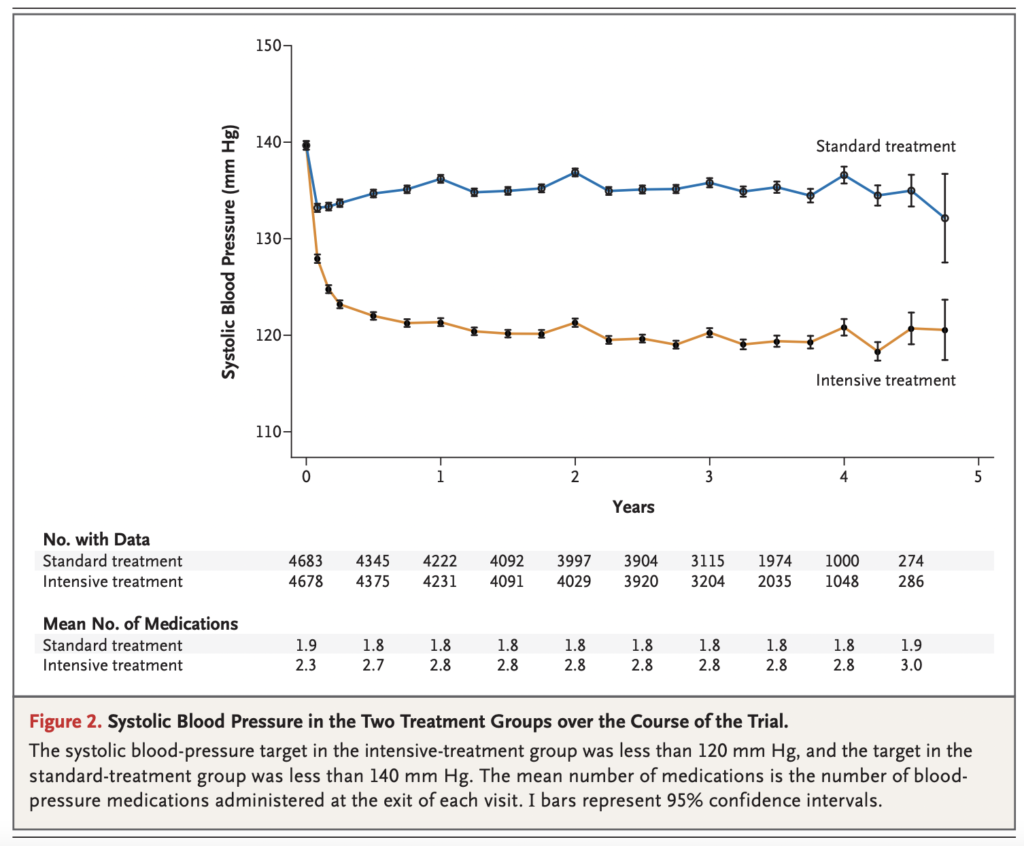
The study participants were then seen monthly for the first 3 months and every 3 months thereafter.
The medications for participants were adjusted on a monthly basis to target either:
-120 mm HG or below for the intensive-treatment group.
-135 to 140 mm HG (but not less than 130) for the standard-treatment group.
SPRINT Trial Results
The results were astonishing and could not be more clear.
Trial participants assigned to the lower systolic blood-pressure target (intensive-treatment group) had a 25% lower relative risk of the clinical events!
This included:
1.) 38% lower relative risk of heart failure.
2.) 43% lower relative risk of death from cardiovascular causes.
3.) 27% lower relative risk of all-cause mortality.
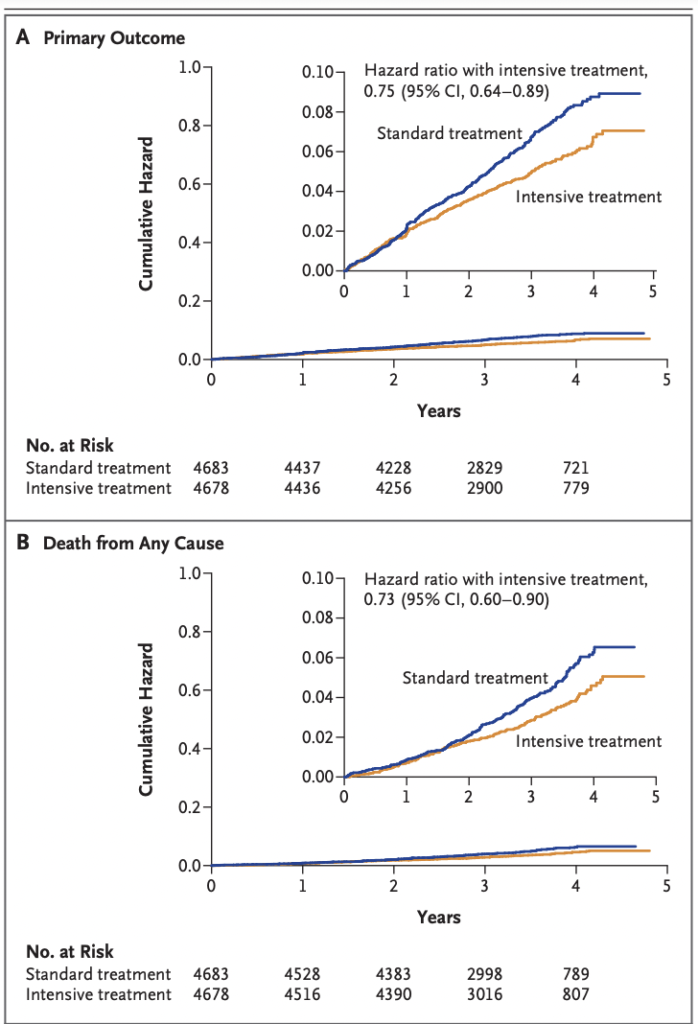
The graph above shows something called the cumulative hazard and represents it as a function of time (years).
The concept of hazard ratios gets into the weeds of statistics, but just understand this.
Cumulative hazard can be thought of as the total accumulated risk of experiencing the event of interest.
You can see that in the standard treatment group, events were much higher over the years.
Conversely, you can see in the intensive treatment group (the one which targets 120 mm HG and below) displays fewer events.
The events being defined as the primary outcome – myocardial infarction, acute coronary syndrome, stroke, heart failure, or death from cardiovascular causes.
You can also see in the graph below that, the cumulative hazard as a function of time (years) for death by any cause.
In this case, the results are similar.
More deaths by any cause in the standard treatment group than the intensive treatment group.
So basically, targeting 120/80 or less resulted in much better health outcomes.
And this is precisely why 120/80 matters!
What to Do From Here

It is unambiguously clear that you should target a blood pressure of 120/80 for optimal health.
And guess what, you don’t necessarily need to use medication to get there.
I wrote an article about how to lower blood pressure without medication which you can read.
But, the bottom line is this.
To lower your blood pressure, you need a diet & exercise strategy.
That’s why I offer coaching specifically to help you improve your metabolic biomarkers.
One of the most important being blood pressure.
With a carefully crafted exercise program and comprehensive coaching protocol, I will get you to your blood pressure goal and reduce your risk of health complications.
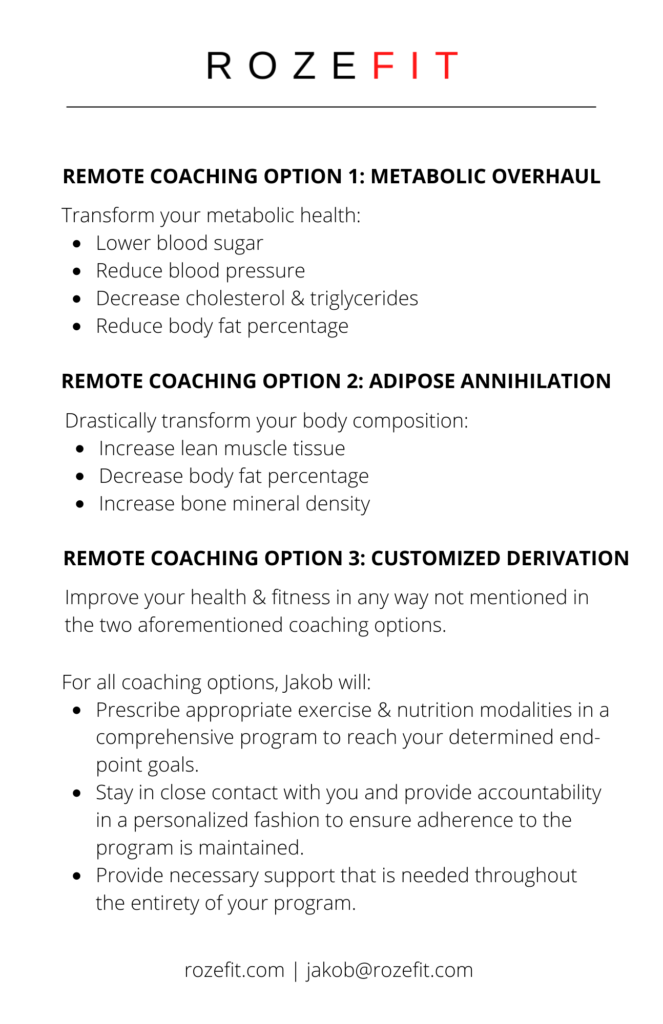
Shoot me an email and we can discuss a plan of action to get you feeling healthy again in your middle-aged years.
Your family, friends, and loved ones all want you around for years to come, and your health should be your biggest priority.
It’s much better to act proactively when it comes to your health instead of waiting until it is too late.
Start today, don’t wait.

